Following on from my ride on Bus Éireann 163 from Drogheda Bus Station, I had to walk down a pegola walkway from the bus-car park to the entrance of the Brú na Bóinne visitor centre itself.
Access to the Newgrange and Knowth sites are only via the Brú na Bóinne visitor centre. For opening hours and other information, click here. To find out how I visited Newgrange via Public Transport, click here.
First posted 12 July 2017. Updated 15 March 2023.
Brú na Bóinne Visitor Centre
The entrance leads directly to the information/ticket counter. There was already a decently sized crowd queuing up to buy their tickets when I arrived. To manage the crowd, staff were asking those in line if they knew which sites they wanted to visit, to which they would then give information on the next available tour times.
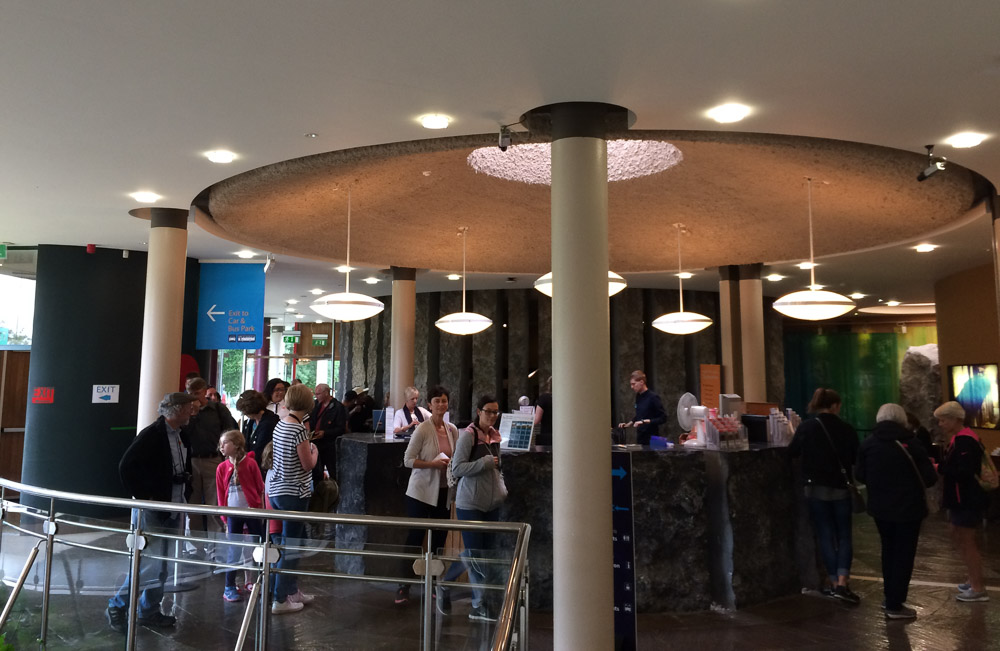
Once you’ve indicated which sites you’d like to visit they’ll give you a sticker that indicates your timeslot for the sites you are visiting. This is meant to speed things up as payment can then be made immediately at the counter, without spending time explaining it all to bewildered tourists at the counter itself.
I do recommend knowing beforehand exactly which site you want to see. You can either visit only Newgrange or Knowth, or both Newgrange and Knowth. Doing some self research beforehand not only helps with speeding up your place in the queue, but also gives you the historical background to appreciate the sites better.
Buying my tickets
I bought my tickets from the counter and paid in cash. I already knew that I didn’t have time to visit Knowth, so I opted for the Newgrange tour. I presented my student ID and was able to get my ticket for only €4.00. It has now been increased to €5.00.
The latest ticket prices can be found on the Heritage Ireland page for Brú na Bóinne. For easy reference, the Adult, Child, and Student ticket prices are listed below. Please refer to the Heritage Ireland page for more information.
| Category | Price (€) |
|---|---|
| Adult | 10.00 |
| Senior Citizens (>60) | 8.00 |
| Child (12 – 17) | 5.00 |
| Child (<12) | FREE |
| Student (with valid Student ID) | 5.00 |
Visitor Centre exhibition and food & beverage
I had an over an hour to go until my allocated time slot of 1:15pm, giving me ample time to go through the attached exhibition about the site. The exhibition is simple and well laid out, and is relatively informative for first time visitors. There is also a mini theatre playing a film explaining how the monuments’ design and alignment corresponds with the relevant solar alignments of certain times during the year. The exit of the theatre, on the other hand, is a replica of the passage in Newgrange which gives you a bit of a taste of how low the rock ceiling can be.
Don’t miss the exhibition – it’s included in the price of your ticket if you’re visiting Knowth and/or Newgrange!
Food and beverages can be found at the cafe within the visitor centre. Prices are steep, but there is a decent selection of both main courses and dessert.
I tried a salmon quiche, and was immediately disappointed. To make matters worse, the crumble I picked for dessert was also depressing. I do not recommend the food at the Visitor Centre.
Shuttle Bus to Newgrange
About 10 minutes before my timeslot I made my way down to the shuttle bus boarding area. Visitors are funnelled into shuttle buses, which will then drive you to your monument of choice.
Getting to the boarding area involves walking down a path and bridge over a river. There is a waiting area for the buses with staff present, so just ask if you’re unsure about anything at all. The buses do display their destinations so it is impossible to get on the wrong one, and staff will redirect you to another bus headed for the same monument if one is full.
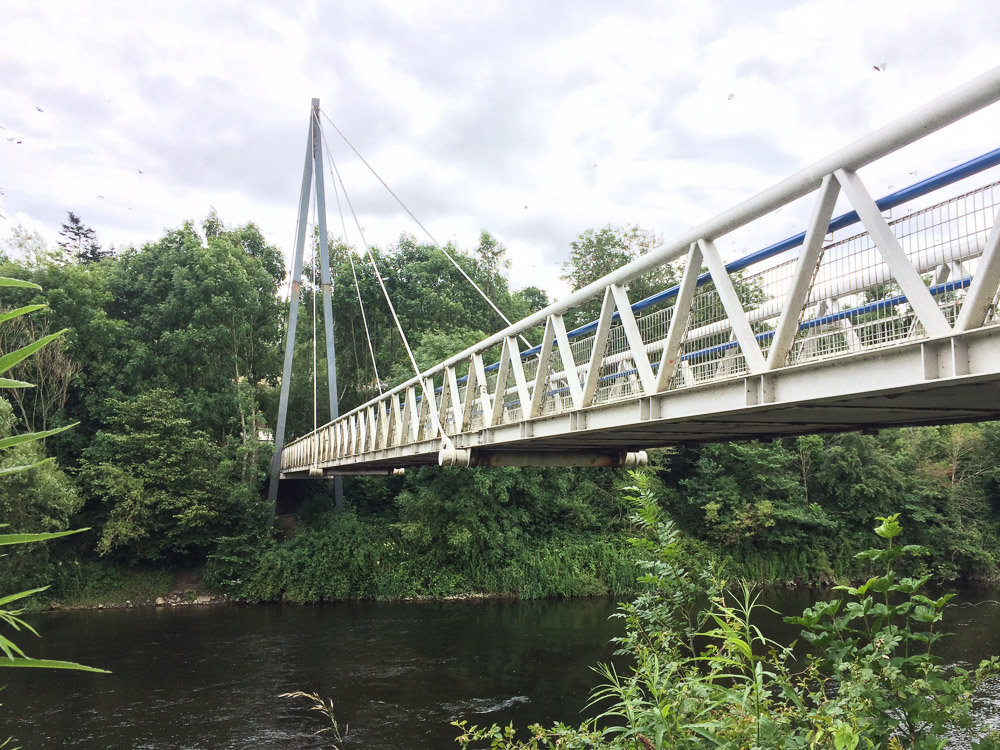
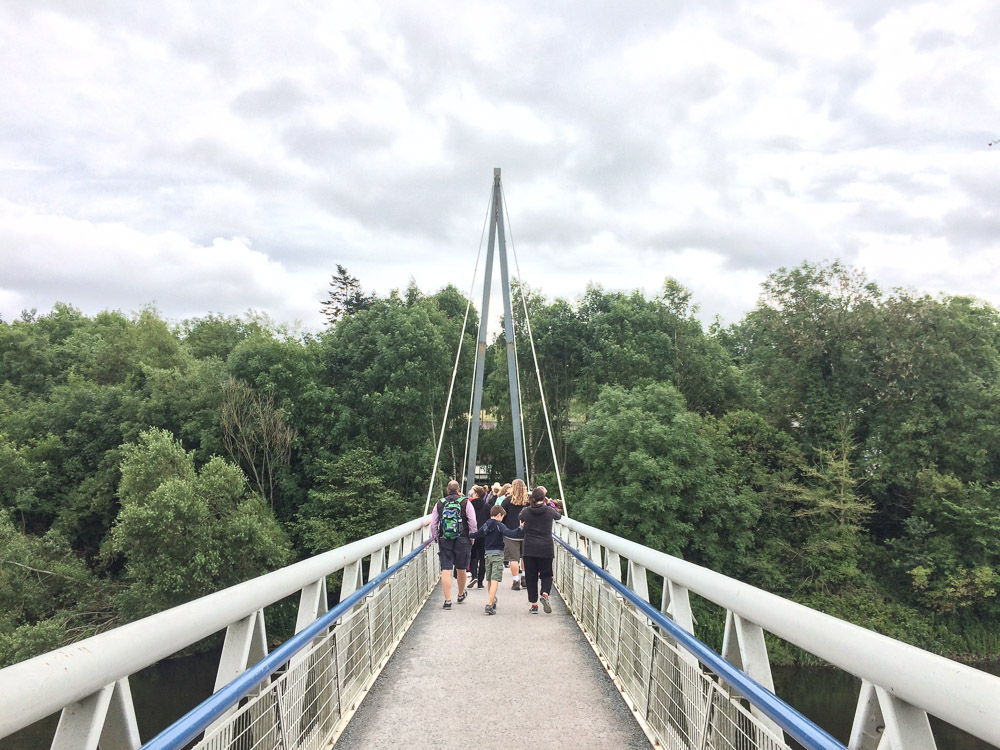
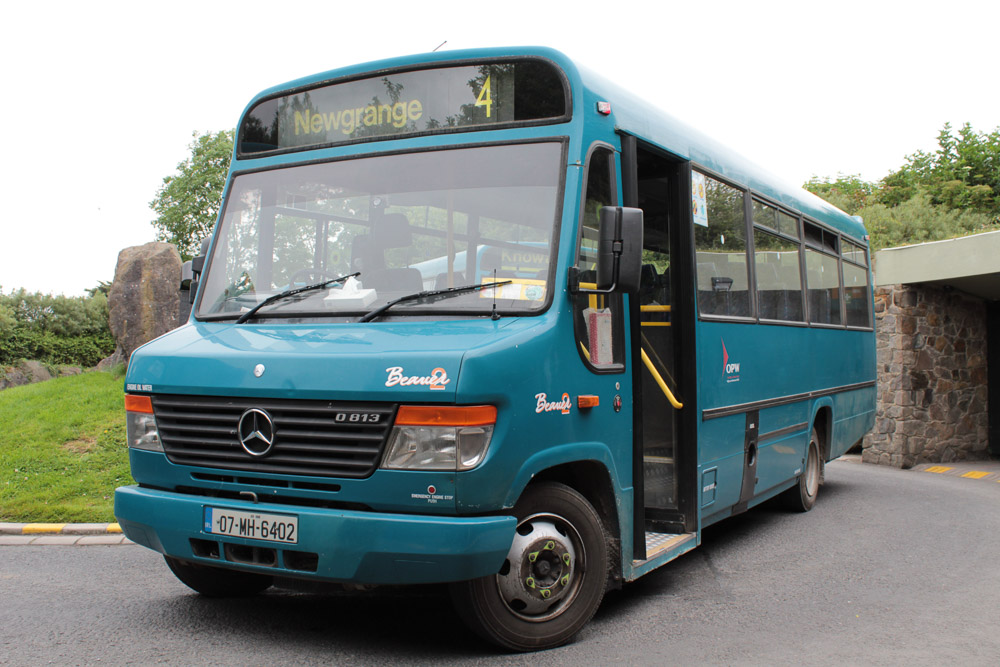
The ride to Newgrange takes approximately 5 minutes. We got off the bus, and were then directed to a holding area where a guide greeted us. The guide led us in a line up the hill to Newgrange, where they provided us with a brief history of the monument.
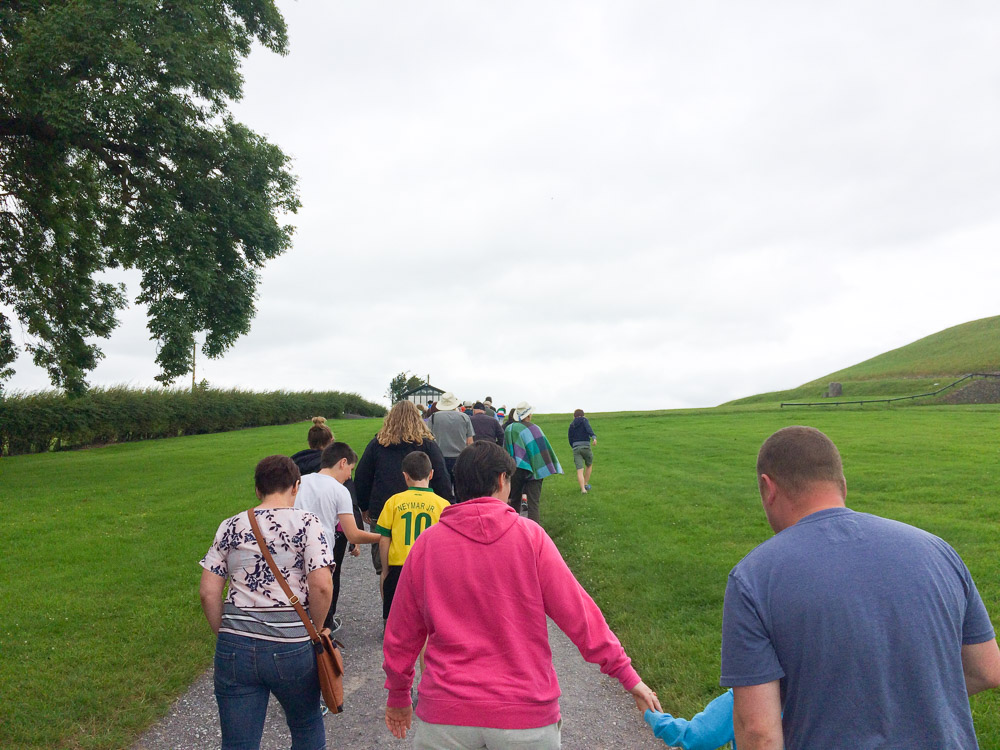
I do recommend listening closely, especially if you didn’t do any research about the monuments.
Meeting Newgrange
My first glimpse of the mound came as I stepped off the bus. From the distance, it looked like an impossibly smooth, low lying hill.
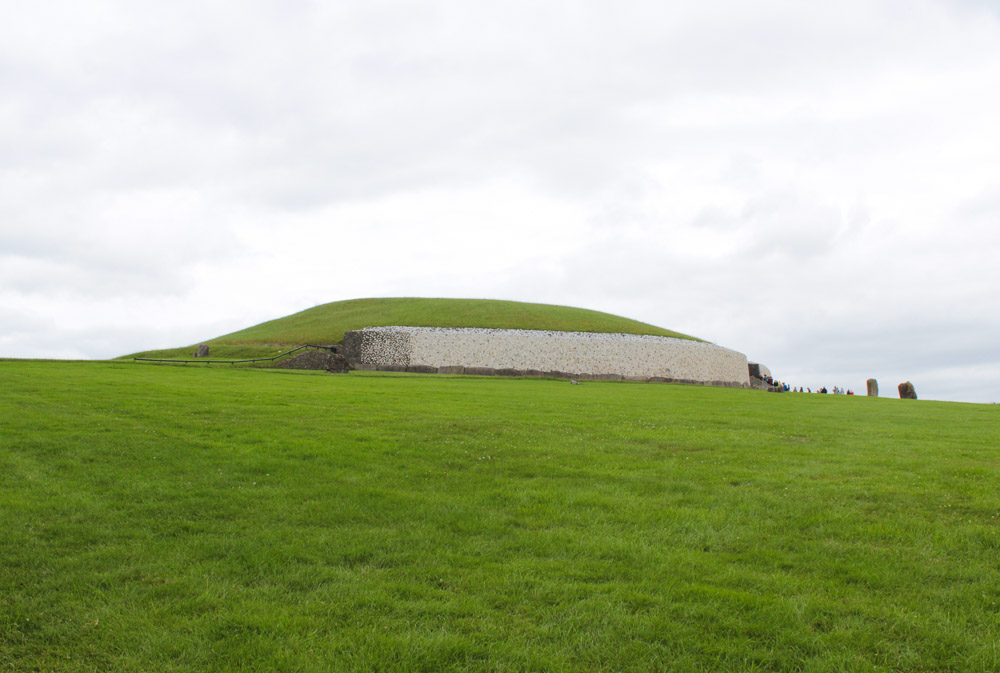
It clicked in my head as I walked closer that I was looking at a structure much, much older than I had ever seen before. Thought to have been built in 3200 BC, Newgrange was just over 5,200 years old at the time of my visit, making it older than Stonehenge and the ancient Pyramids of Egypt.
I walked around the circumference of the mound and took in the sight, all while processing its age. It was quite a scene – the mound sat underneath the cloudy morning sky as it had done for 5 millennia, outliving its creators and bearing witness to the history of Ireland.
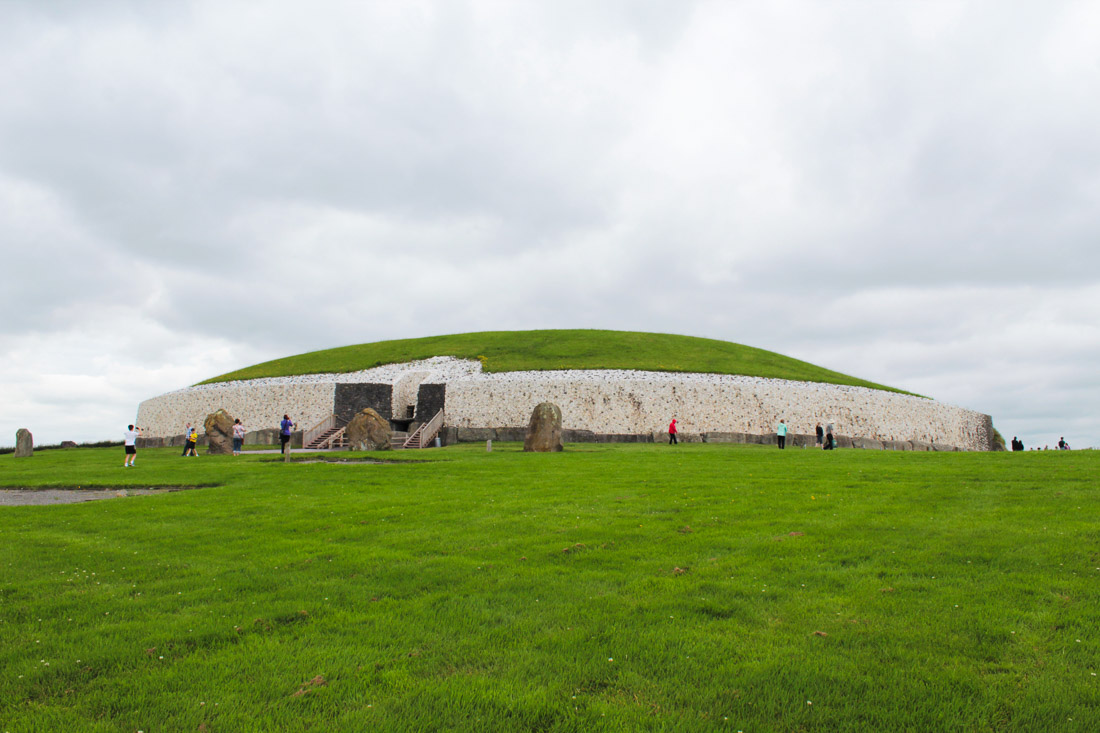
Our guide gave us a lecture on the history of the mound – Newgrange is a passage tomb from the Neolithic era. It is not the only prehistoric passage tomb around, but it happens to be one of the grandest. The passage leads from the outside inwards to the centre of the mount, where it terminates in a large central chamber with a corbelled vault roof. Both burnt and unburnt human remains were found in this chamber, complete with grave goods and offerings.
It is also important to appreciate that this entire area is one big archaeological zone. Among other Neolithic era ruins, there are also smaller satellite burial mounds within orbit of Newgrange. Some of these can be seen from Newgrange, which our guide pointed out to us.
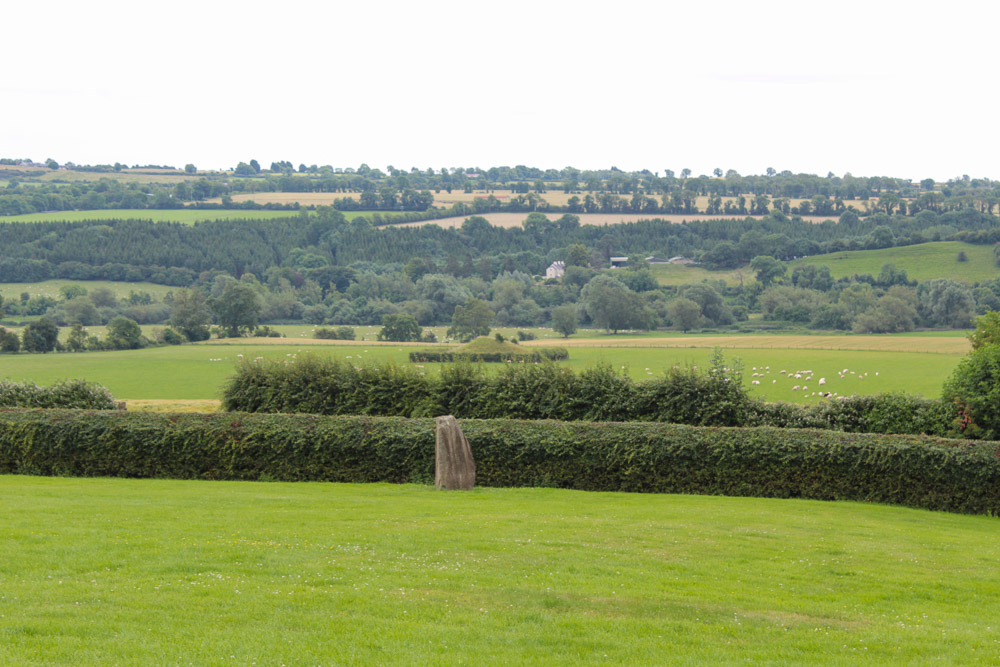
With the lecture over, our guide then informed us that we would now be entering the inner stone passageway. Depending on the size, the tour group may be split into two, as only a limited amount of people are allowed to enter the small chamber at once.
I was part of the second group, so I spent some more time exploring the exterior of Newgrange. I was particularly fascinated by the megalithic art on its kerb stones, which I spent quite some time looking at.
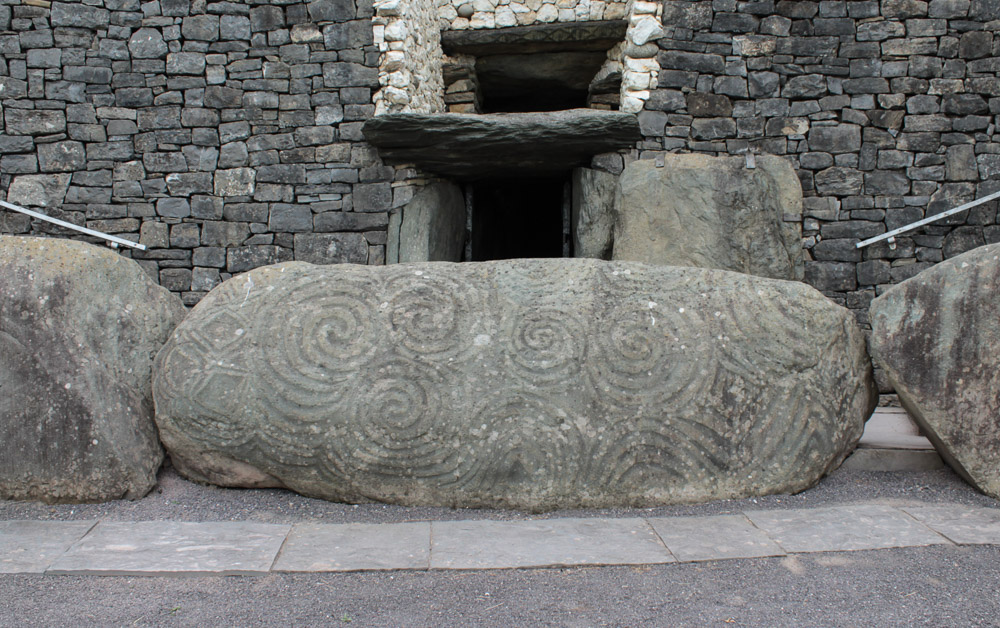
The most striking feature of the mound, however, is the white quartz retaining wall on the front of the mound, and the inward curving walls framing the entrance to the inner passage. The white quartz wall is not original, as it was a reinterpretation constructed during a reconstruction aided by research performed by Professor Michael J. O’Kelly. He observed a thick layer of quartz stone spread out in front of the kerbstones which he interpreted as being the remains of a collapsed curtain wall. Armed with this interpretation, he advised that a quartz wall be “rebuilt” as part of the restoration. This was controversial, and its authenticity remains a subject for debate today.
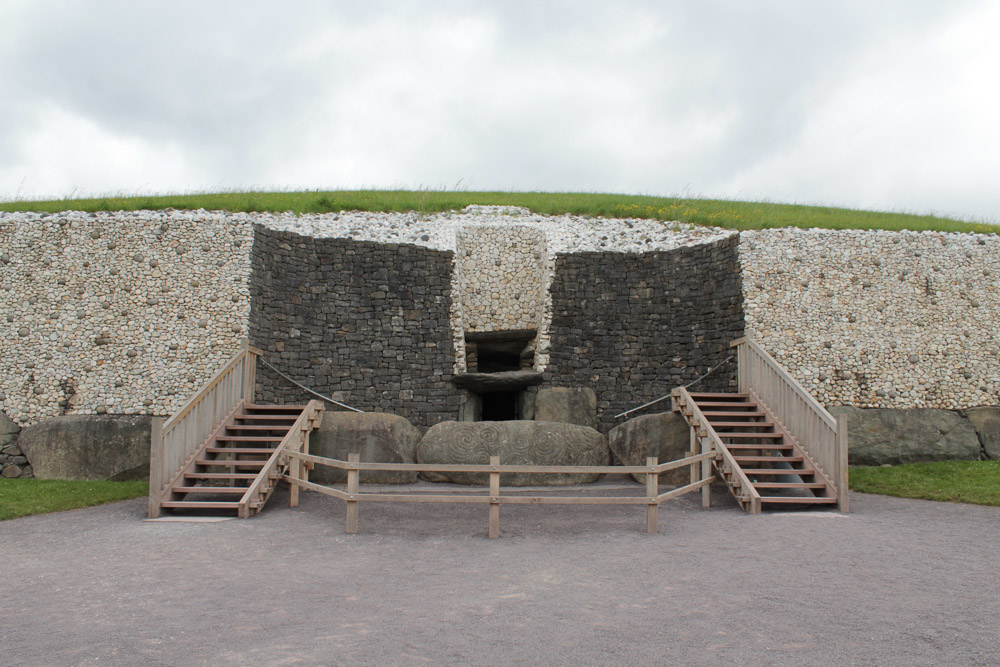
The inward curving walls, on the other hand, were built simply to accommodate visitor access.
Further illustrating how much we don’t know about these sites is the fact that a similar layer of quartz stone was found spread out in front of the entrance to the passage at nearby Knowth. Rather than rebuilding a Newgrange-esque retaining wall, researchers interpreted the position of the stones as a “plaza” and laid out the stones in front of the entrance as a sort of “apron”.
Entering the Newgrange passage
It was then my turn to enter the inner passage with the rest of the group. To say it was a surreal experience would be an understatement – You are essentially walking in a structure built by our prehistoric human ancestors of whom we know so little. Again, I had to process that this mound is over 5200 years old.
The chambered passageway consists of vertical boulders for the walls and stones to cap the roof. The passage slopes up and at one point narrows considerably. Photography is not allowed in the passageway and chamber, and bags have to be held in front of you below knee level to prevent the zippers from scratching the walls.
It goes without saying that you should help keep Newgrange, Knowth, and other ancient monuments in good and pristine shape when you visit.
After a short walk, we emerged into the central chamber. The chamber is vaulted, and was built in a cruciform layout with smaller chambers on 3 sides. Located in there are chiselled stone basin, which may have held cremated remains from the settlers that built Newgrange. According to the guide, only five sets of remains were found in Newgrange, whereas more were found in Knowth, indicating that Newgrange probably housed the remains of the elites of the society that built Newgrange.
Now the inner passage has one more trick up its sleeve. Essentially, Newgrange is aligned with the solar alignment of the winter solstice – During the week of December 21st, the sun slowly illuminates the passageway as it rises, bathing the passageway in a golden light. This is achieved by an opening above the entryway, called the roofbox, together with the upward sloping design of the passageway. Now we don’t quite know for sure the exact meaning of the solar alignments to Newgrange’s builders, but the effort taken to orient Newgrange in this exact manner clearly infers some significance at the very least.
If you’d like to see this happen in person, you can put your name in for a lottery at the Visitor Centre. If you win a place, you can bring a friend along on an allocated day where you will wait in the chamber in the darkness. Do be warned – as ethereal as the site is, it is ultimately down to luck. Alternatively, you can settle for the recreation performed during the tour using a 400w electric bulb. The effect, while artificial, is still pretty stunning.
Return to the Visitor Centre
The tour of Newgrange was over before I knew it, and we were soon being led back to the bus stop for the shuttle bus back to the Visitor Centre. I was very sleep deprived at this point, but it had been an absolutely spectacular morning.
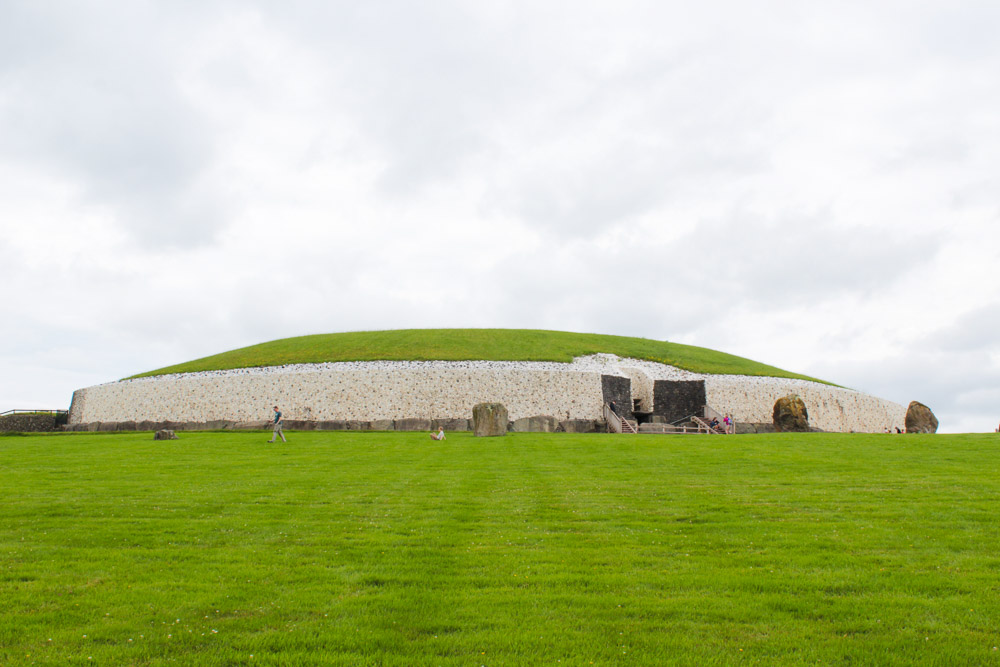
Given the opportunity, I’d definitely visit Newgrange again.
Read next:



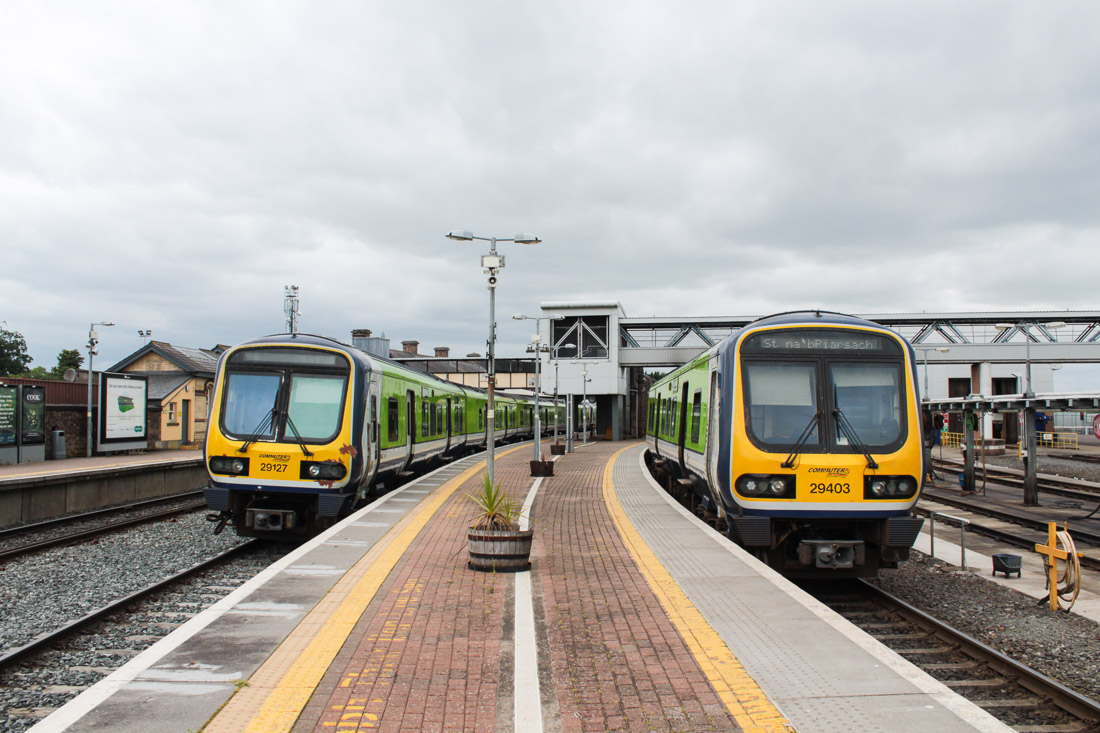
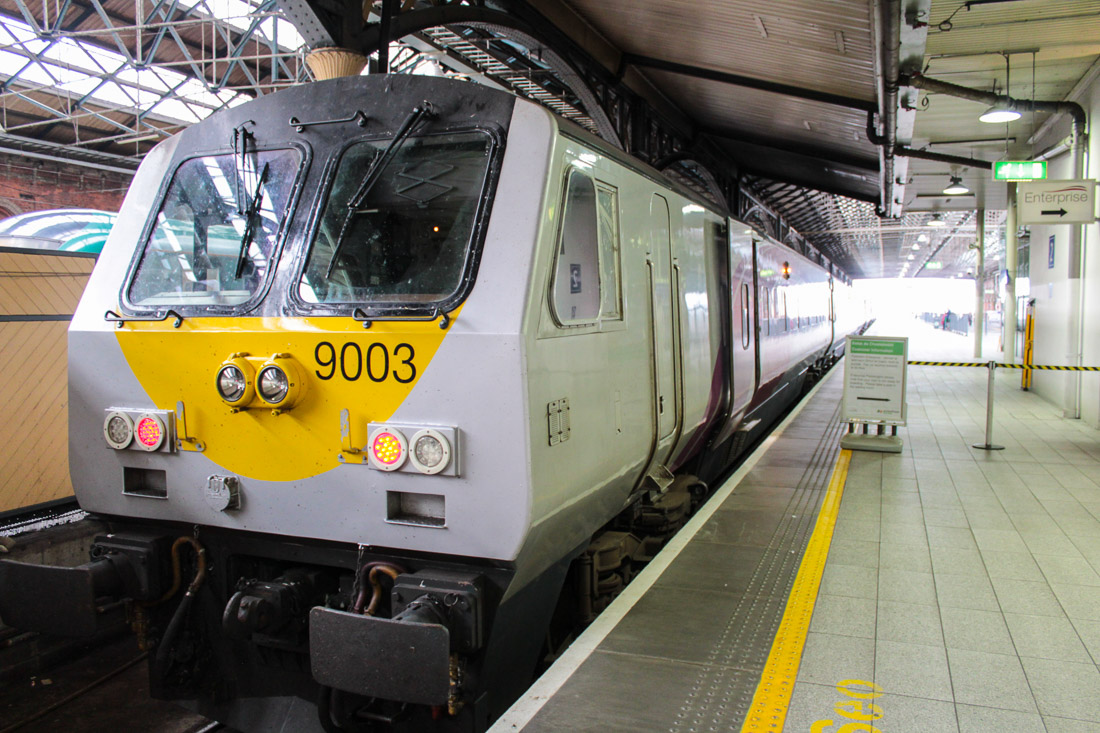
Leave a Reply